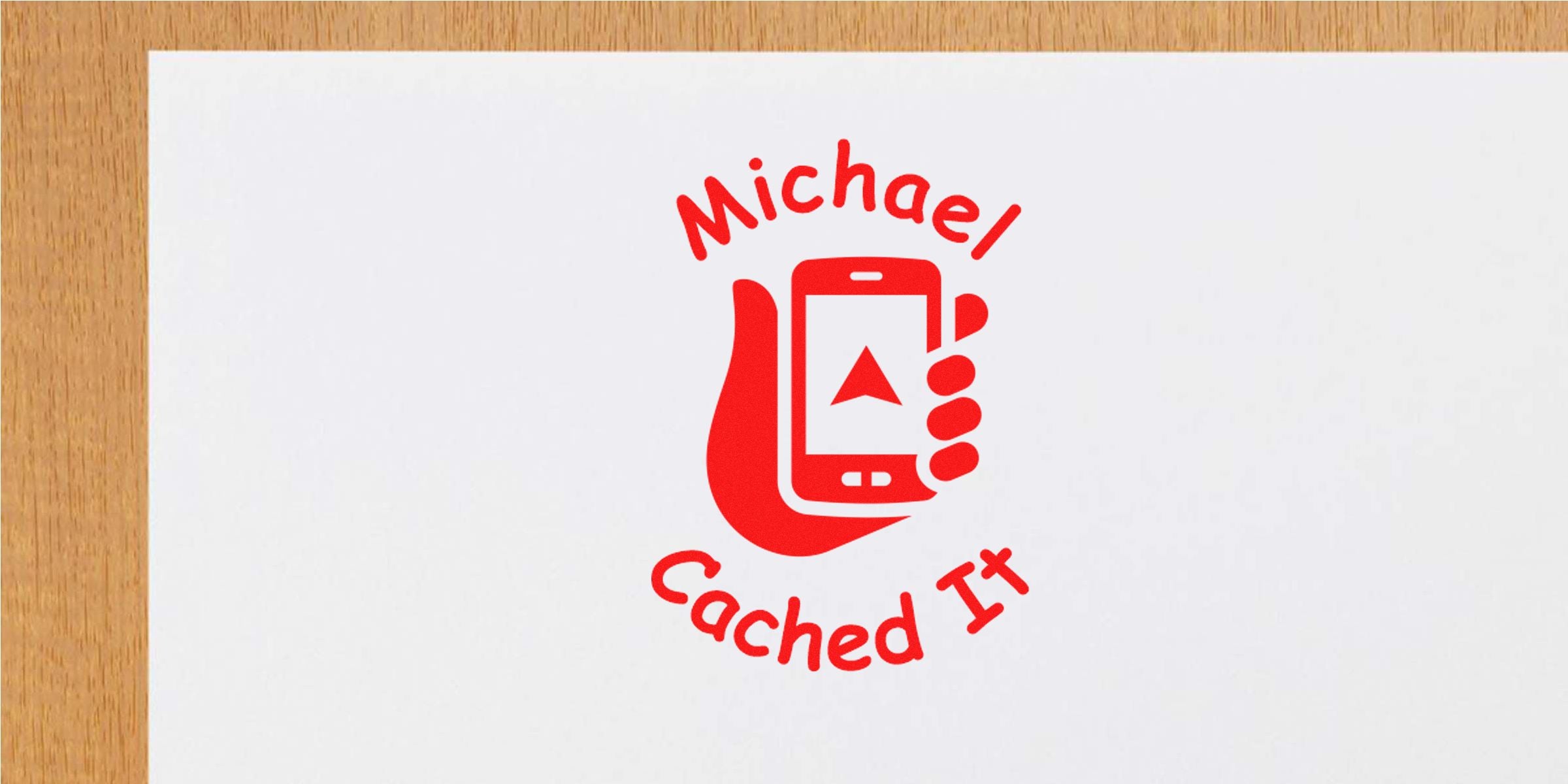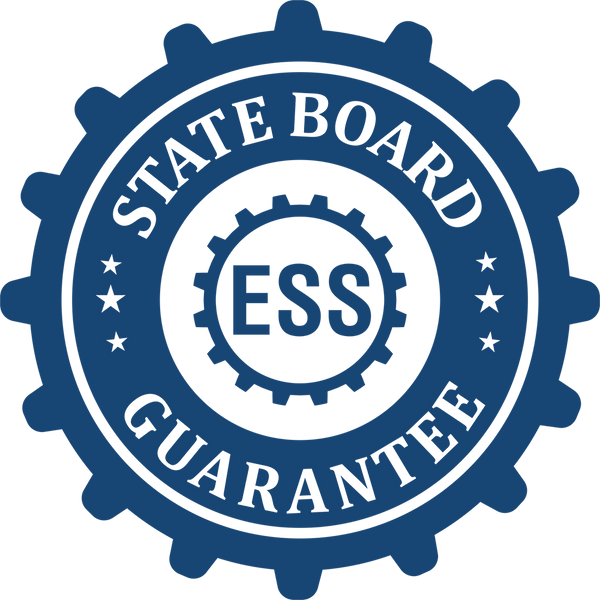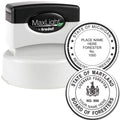Explore Geocaching Rubber Stamps
If you’ve ever uncovered a sneaky geocache in the woods or behind a local historical marker, you know the rush of signing the log book. But what if your signature could stand out every time you make a find? That’s where a geocaching rubber stamp comes in. With one quick press, you can leave a unique mark that says, “Yep, I’m here and I’m loving it.” In this guide, you’ll learn why these handy little stamps are a must-have, how to pick the right one for your style, and ways to keep it in top shape for every cache-hunting trek.
Along the way, we’ll also talk about customizing your stamp, so each impression truly reflects you. Whether you’re brand-new to caching or you’ve tracked down hundreds of hidden goodies already, this is your chance to add a personal flair to the log book. Let’s dive in and see how you can make your mark!
Compare Different Stamp Types
When you start browsing for a stamp to use in the field, you’ll come across a couple of major types. Each one has its perks, especially when you consider size, ease of use, and the kind of impression you want to leave. Here’s a quick rundown:
- Self-Inking Stamps
These come with built-in ink pads, so you don’t have to fiddle with separate ink. Press the stamp down, and you’re done. They’re compact and convenient, which is perfect if you like to travel with a lighter pack.
- Pros: Fast to use, low mess, easy to store.
- Cons: Limited color choices, and you’ll eventually need to replace the internal ink pad.
- Traditional Rubber Stamps
Think of the classic wooden handle you dip onto an external ink pad. They’re simple and durable, and you can easily swap out ink colors for a fresh look.
- Pros: Long-lasting design, diverse ink options.
- Cons: Requires carrying a separate ink pad, which can add weight to your bag.
- Pre-Inked Stamps
Often considered “premium,” these have ink mixed into the rubber itself. They create crisp, detailed impressions and can go quite a while before needing a refill.
- Pros: High-definition imprint, fewer refills.
- Cons: Pricier upfront, can be slightly bulkier.
Below is a brief table to help you see everything at a glance:
| Stamp Type | Key Feature | Ideal For |
|---|---|---|
| Self-Inking | Built-in ink pad | Quick, hassle-free stamping |
| Traditional Rubber | Separate ink required | Flexibility in ink choice |
| Pre-Inked | Ink within the rubber | High-detail, long-lasting use |
Think about how much space you have to carry extras, how often you expect to stamp logs, and whether you want maximum detail or just a swift marking. This helps narrow down your search right away.
Personalize Your Design
One of the best parts of owning a custom stamp is that no two impressions are exactly the same. You might want a simple emblem of your caching nickname, or maybe a short quote that sums up your adventurous spirit. Either way, you control the style.
Brainstorming Your Look
Before you finalize a design, jot down a few ideas:
- Nicknames or team names: If you always geocache with the same group, a team stamp creates a fun sense of identity.
- Favorite emblems or symbols: Maybe you love a mini compass rose or a pair of hiking boots.
- A short catchphrase: Even three or four words can send a cool message to others discovering the log.
Choosing the Right Size
A geocache log can get crowded fast, and smaller geocaches sometimes have teeny-tiny log books. A giant design might look amazing, but it won’t do you any favors in a cramped space. Pick a stamp size that works well for the majority of caches you find. If you typically go after micro-caches in the city, opt for a more compact stamp, around a half inch or so. For standard caches with plenty of space, a larger stamp up to an inch can still be convenient.
Colors and Ink
Colors matter, especially if you’d like your mark to pop. When you pick a self-inking or pre-inked design, color selection might be limited to black, blue, red, or green. But if you go the traditional route, you can switch to specialty inks—like quick-dry or waterproof—so your impression holds up in humid environments.
Maintain Your Stamp Properly
Your geocaching rubber stamp might endure mud, rain, or just plain dirt during your adventures. Taking time to clean and store it prevents damage and keeps each impression crisp.
Cleaning Steps
- Gently wipe off any excess ink or debris with a damp cloth.
- Use mild soap and water (especially on traditional rubber) if you’ve been stamping in dusty or muddy terrain.
- Let it dry thoroughly before closing or packing it away.
Storage Suggestions
- Keep it in a small zippered pouch or case to guard against moisture.
- For self-inking or pre-inked styles, store them retracted and locked if possible. This prevents accidental stamping on your gear bag.
- If you own separate ink pads, seal them in a plastic bag or container so they don’t dry out.
Keep an eye on your stamping ink levels, too. If your impressions start looking faint, it’s time to refill or replace the ink pad.
Why Choose ESS
By now, you’re probably raring to grab your own custom stamp and hit the trail. So where do you turn for a reliable supplier? Let us introduce you to ESS—your top source for geocaching stamps, geocaching gifts, and other stamping essentials. Here’s why ESS should be first on your wish list:
- Family Owned and Operated: ESS has been around since 1964, handing down expertise and passion for quality through generations. That’s 60 years of service you can trust.
- Excellent Customer Service: At ESS, you’ll get personalized support from folks who understand what you need, whether it’s a small personal design or a big batch of custom stamps for a caching club.
- Super Fast Turnaround: You won’t wait long to get your hands on your new stamp. ESS keeps turnaround times short, getting you ready for your next geocaching adventure in no time.
- Top Supplier Credentials: With decades of experience, ESS has deep knowledge in creating geocaching log stamps. Their team knows how to craft the perfect impression that stands up to real-world caching conditions.
When you want something more specialized, like a geocaching stamp with a unique icon or special text, you can rely on ESS to bring your ideas to life.
Tips For Making The Most Of Your Stamp
Whether you’re new or experienced, here are a few insider tips for staying organized, improving visibility, and having fun with your new log marker:
Keep A Spare Ink Pad
Even if you have a self-inking or pre-inked model, a secondary pad can be a lifesaver if you’re stamping frequently. It’s also great for trying out interesting colors like metallic gold or bright purple.Snap A Photo Of Your Log
Once you’ve stamped the log, take a quick pic. It’s a nice record of the caches you’ve discovered, and you can keep a virtual portfolio of all your stamped entries.Practice On Paper First
Before you head into the wild, do a quick test on scrap paper. Make sure your impression is coming out clearly and the ink is set at the right level.Bring A Small Cleaning Cloth
A microfiber cloth tucks easily into your pocket and lets you wipe away sand, moisture, or debris from both the stamp and the log. Keeping things clean ensures a precise stamp every time.
Troubleshooting Common Issues
Even the best gear sometimes runs into a snag. If your geocaching rubber stamp isn’t performing at its best, here’s a quick guide to help you figure out what’s going on.
| Symptom | Possible Cause | Quick Fix |
|---|---|---|
| Faint impressions | Dried ink pad | Refill or re-ink your pad |
| Blurry images | Excess ink or moisture | Gently dab the stamp on scrap paper |
| Patchy design | Uneven pressure | Adjust pressure or clean the rubber area |
| Ink bleed | Wrong type of paper | Use quick-dry ink or switch paper |
Most issues can be resolved simply by taking an extra minute to check the ink levels and the surface condition of your stamp.
Wrap-Up And Next Steps
There’s something extra rewarding about leaving a distinct stamp in a geocache log. It’s like giving your caching adventures an official seal of approval, one that other adventurers can spot and appreciate long after you’ve moved on to the next challenge. With so many styles and customization options, you can shape your stamp to match your personality perfectly.
When you’re ready to order, remember to choose a reliable supplier who knows geocaching inside and out. ESS stands out with top-quality craftsmanship, a family legacy, and customer service that always has your back. And if you’re itching to explore more design options, check out a geocaching stamp that suits your style and gets you out the door faster.
Frequently Asked Questions
Q1: Do I Need A Large Stamp For Geocaching?
No. In fact, smaller stamps often prove more versatile, since many geocaches have limited log-book space. A half-inch or three-quarter-inch stamp typically works well for most cache sizes.
Q2: How Long Do Pre-Inked Stamps Last?
They can last for thousands of impressions before needing a refill. Once the ink starts to fade, you simply add more ink. Always store pre-inked stamps properly to extend their lifespan.
Q3: Can I Use Multiple Ink Colors With A Traditional Stamp?
Definitely. That’s one of the major perks of a traditional rubber stamp. You can carry multiple smaller ink pads, letting you switch colors whenever you like. Just be sure to clean your stamp head in between colors.
Q4: Why Should I Buy From ESS Instead Of A Generic Retailer?
ESS is a family owned and operated company with nearly 60 years of experience. You get excellent customer service, super fast turnaround, and high-quality products designed specifically for geocachers. With ESS, you can trust that your custom order will look great and last for many adventures to come.
Feel free to experiment with layouts, colors, or even an adorable mini character that sums up your caching style. A geocaching rubber stamp is more than just ink on paper—it’s your personal badge of discovery. Happy caching!


















